A gum graft is a great way to restore receding gum tissue. When the gum tissue pulls away from the roots of the teeth, the exposed tooth structure can become sensitive and painful, causing you to avoid certain foods and beverages. A number of things can cause gum recession including medications, genetics, or periodontal disease. Gum tissue does not regenerate on its own and if left untreated, exposed root structure can lead to root decay, jaw bone deterioration, and eventually tooth loss.
There are a few different types of gum graft surgeries that your periodontist can perform. Having a gum graft is not a painless treatment but in the long run, can save you much more pain and expense.
- A free gingival graft uses harvested donor tissue from a cadaver or tissue that is harvested from the roof of the patient’s mouth. The harvested tissue is placed over the affected area and sutured in place.
- A connective tissue graft also uses tissue harvested from the roof of your mouth but for this type, the underlying connective tissue is used. The harvested tissue is sutured in place over the affected area.
- For a pedicle graft, the patient must have thick and healthy gum tissue surrounding the affected area. A small flap of healthy tissue is cut and stitched into place over the exposed roots of the teeth next to it.
Is gum grafting painful to have done?
As with most dental procedures, the area being worked on will be numb before treatment begins. Your doctor will apply a topical numbing agent and then administer a local anesthetic to keep you comfortable during the procedure.
How do I manage pain after a gum graft?
After treatment, you will likely experience some level of discomfort as the anesthesia begins to wear off. Your doctor will provide you with a list of post op instructions to help ensure a successful recovery while keeping you comfortable. Your instructions will include notes such as dietary restrictions, oral care, and what to look for as you heal.
Soft foods are easier on the healing tissue and rinsing with warm salt water is a great way to help clean the area after meals and soothe swelling. It is important that you continue to brush and floss but for a couple of weeks, you will need to avoid your surgery site instead using a cotton swab to keep the area clean.
If you feel that your discomfort is more than you can tolerate and over-the-counter pain medications do not manage it, your doctor may provide a prescription pain medication.
How do I know if I need a gum graft?
If you have extreme sensitivity to hot and cold foods and beverages, you may have gum recession that needs to be addressed. Your dentist can diagnose recession at your regular professional cleanings and if they advise treatment with a specialist, it is important to follow through before further damage is done and you end up needing more extensive treatment.
